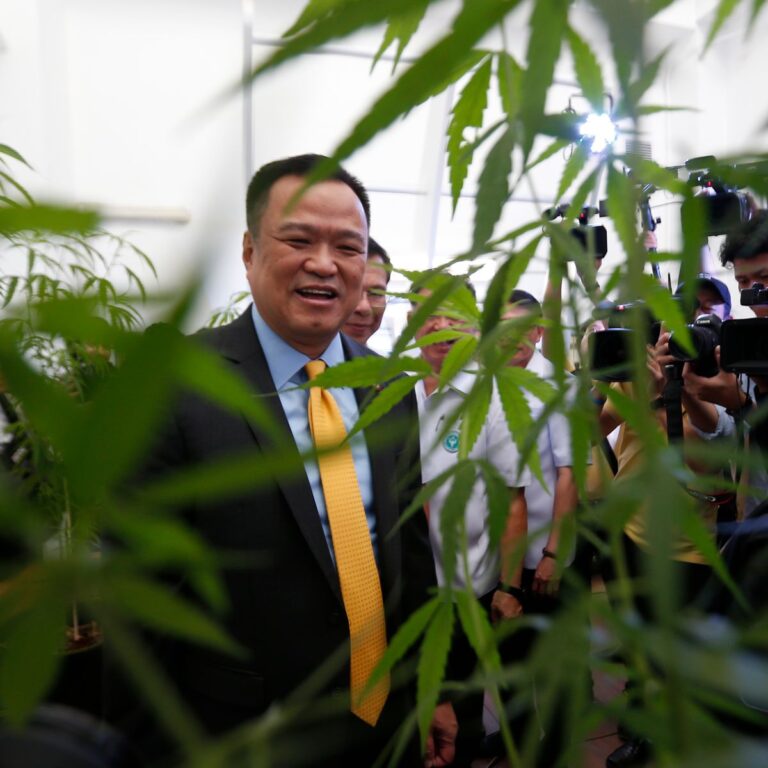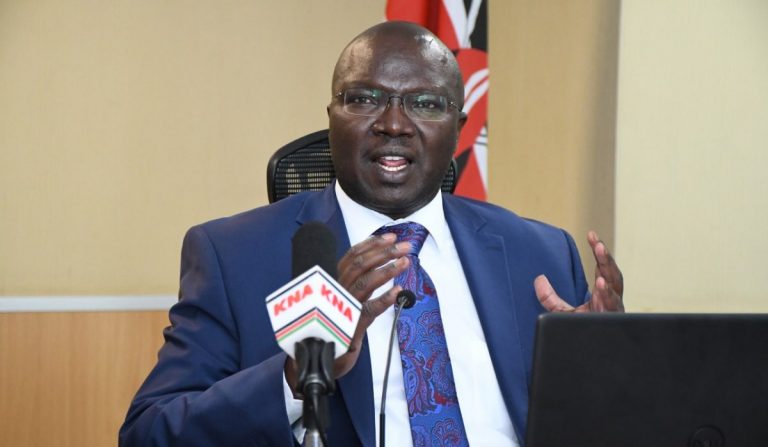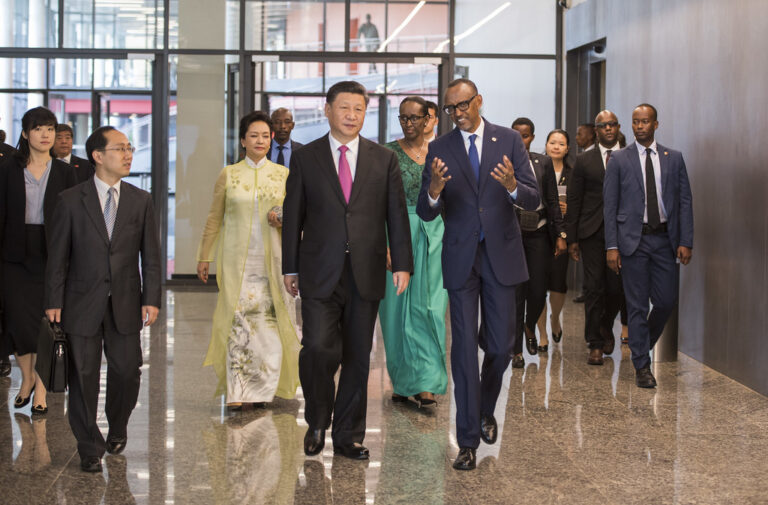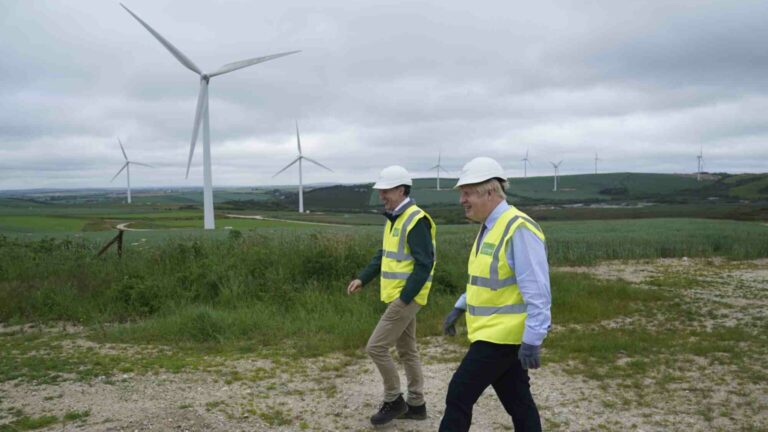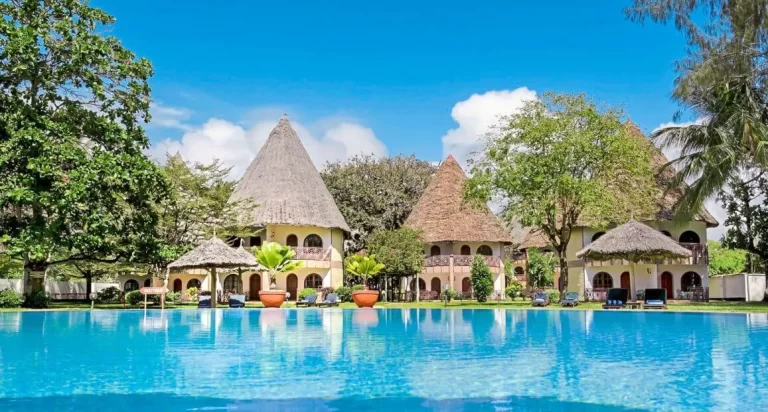- NIGERIA AND ANGOLA ON THE SPOTLIGHT
- OIL ,COAL AND NATURAL GAS ACTIVITIES CONTRIBUTE TO GLOBAL WARMING
- SOLAR ,WIND ENERGY AND AFFORESTATION ARE KEY TO GREEN INDUSTRIALIZATION
Continued concerns are being raised across the globe by environmentalist on clean energy especially in Europe and parts of USA, however, green industrialization environmentalists and development experts argue that green is not just a color but also refers to activities that benefit the environment and the careful use of the earth’s limited resources . Africa’s policy wonks are already on the green bandwagon, having identified “green industrialization” as the Holy Grail of the continent’s socio-economic transformation. They believe infusing green initiatives into value chain activities during the sourcing and processing of raw materials, and the marketing and selling of finished products to customers can cure economic stagnation.

At recent economic forums in N’Djamena in Chad, Addis Ababa in Ethiopia, Abuja in Nigeria, Rabat in Morocco, even New York in the United States, and elsewhere, Africa’s experts have been expressing their support for green industrialization as the only way for Africa. It is a pre-condition for sustainable and inclusive growth. Green initiatives will move Africa from the periphery to the Centre of the global economy. Africa’s green industrialization advocates have borrowed from the Sustainable Development Goals (SDGs) adopted by world leaders in September 2015, and the Paris Climate Change Agreement of December 2015—both promoting green initiatives.
Given that energy production and use contribute up to 87% of overall carbon dioxide emissions generated by humans, curtailing the exploitation of fossil fuel is at the center of green advocacy. The burning of fossil fuels like oil, coal and natural gas generates carbon dioxide, methane and water vapor, which in turn contribute to global warming. However, it may be tough to sell the policy to Africa’s oil and natural gas exporters like Angola and Nigeria, on limiting fossil fuel drilling. For both countries, oil accounts for more than 90% of exports and at least two-thirds of the national budget. The price of oil dropped from a peak of $100 a barrel in 2015 to about $50 by mid-June 2016. Before the oil price crash, even countries just discovering oil like Ghana, Liberia and Sierra Leone anticipated a financial windfall from the sector.
TRIPLE BOTTOM-LINE
According to reliable sources, value of renewables is a positive impact on the “triple bottom-line”, a term that refers to a company’s profit, its social responsibility activities and its environmental impact. Africa’s capabilities for “leapfrogging “ , another buzzword at economic forums, constitutes a significant economic advantage for the region. Simply put, African countries implementing green initiatives won’t have to go through every intermediary stage of technology, but instead can directly access the latest available on the market. Africa can therefore be expected to take a giant developmental step, the leapfrog. Industrialized countries, on the other hand, will have to retrofit older infrastructure, somehow a burdensome expense.
Ethiopia in 2011 adopted a Climate Resilient Green Economy strategy as part of its ambitious plan to propel the country into middle-income status by 2025. The government is partnering with the private sector to help communities engage in sustainable farming. In the Democratic Republic of the Congo, a tree-cloning project is enhancing afforestation (establishing forests on lands that have not been forested for a long time) and reforestation (establishing forests where they have been destroyed). Climate change experts consider afforestation and reforestation effective methods of combating global warming. Despite the DRC’s efforts, it is considering lifting the moratorium on logging that has been in place since 2002 and this could threaten the forests, experts believe.

Globally, countries have been slow to embrace green technology “because of the lingering belief that environmental regulations erode competitiveness. Africa must adopt a cautious approach in attempting large-scale investments in green technologies, the main problem with green investments as the 2011 paper showed, was that costs, made worse by regulations, further stifled interest. Investing in environmentally friendly agricultural equipment, for example, requires heavy upfront costs and the transition from the existing mode of production to the new one requires complementary technical innovation.
There is also the argument that since Africa contributes the least of all continents to global warming, it should not be compelled or expected to adopt policies that mitigate global warming.
TRANSFORMATION
The green economy train has been running at full speed due to several factors, including innovative technologies, which are bringing down the cost of renewables considerably. In addition, a crash in commodity prices, particularly in extractives, is sending some of Africa’s economies such as Kenya, Angola, Nigeria and South Africa spiraling into chaos, forcing many countries to explore opportunities in green industrialization. Government leadership has been playing a key role in driving the growth of renewables, particularly wind and solar, in the power sector including many in Africa.
As of early 2016, 173 countries had renewable energy targets in place and 146 countries had support policies. Cities, communities and companies are leading the rapidly expanding “100% renewable” movement, playing a vital role in advancing the global energy transition. Additional growth factors include better access to financing, concerns about energy security and the environment and the growing demand for modern energy services in developing and emerging economies.
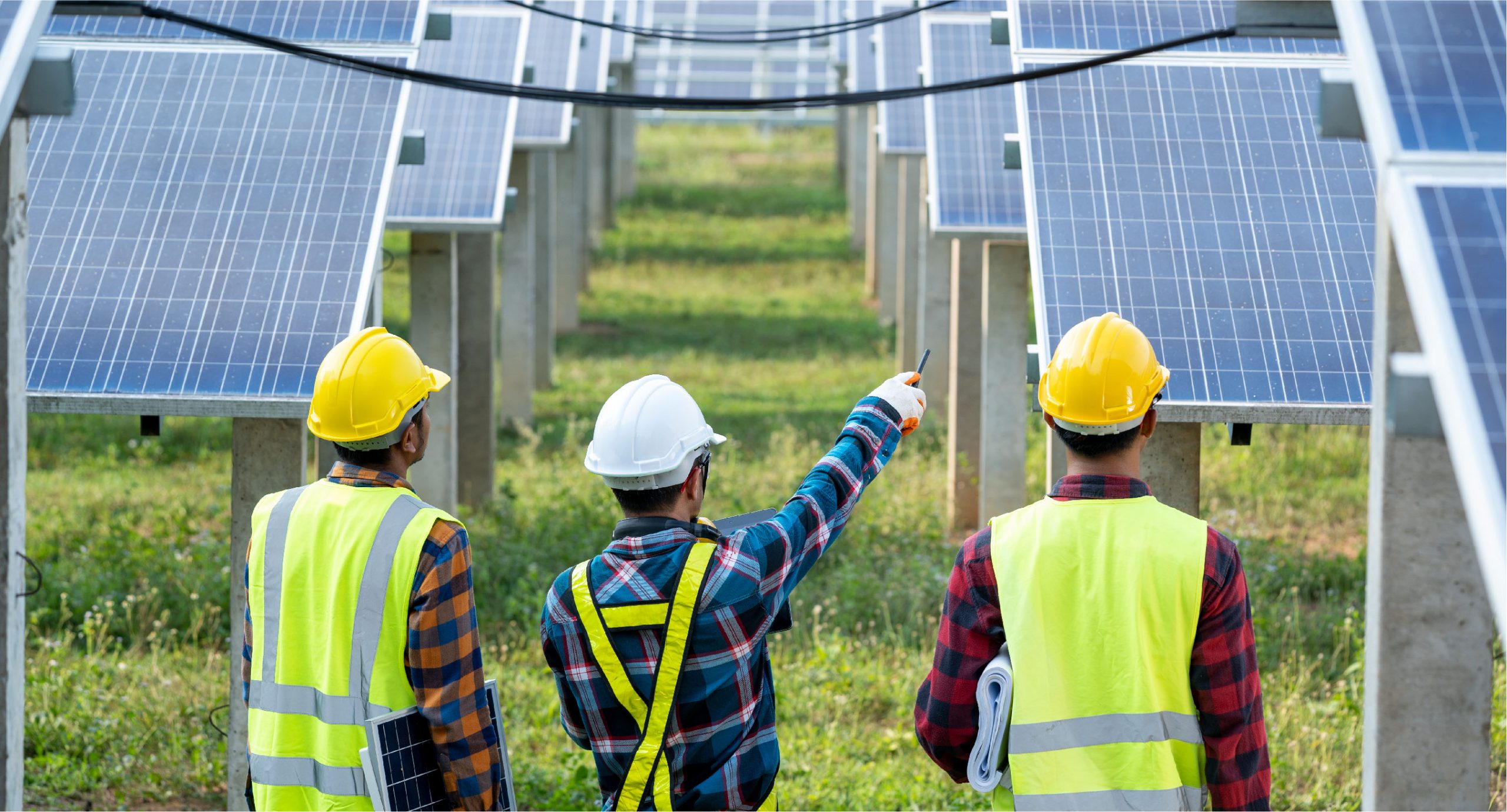
While young people provide a valuable resource to be harnessed in national development, they can also drive green industrialization if they have green jobs in various sectors. Many African countries are planning or already implementing green projects. In March 2014, an intergovernmental committee of experts from Central African countries (Angola, Cameroon, the Central African Republic, Chad, the Democratic Republic of the Congo, Equatorial Guinea, Gabon, the Republic of the Congo and São Tomé and Príncipe) met in N’djamena to hash out a plan for transitioning to green economies.
article by Sam Idewa
contribution by John Maloba

